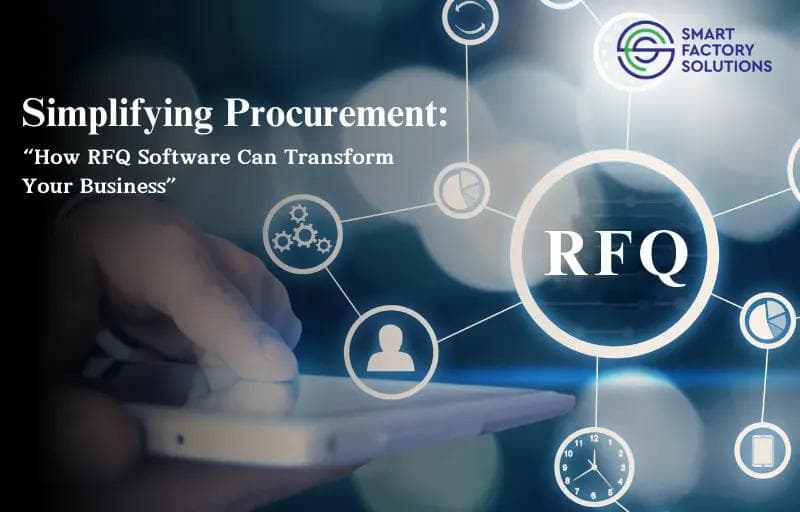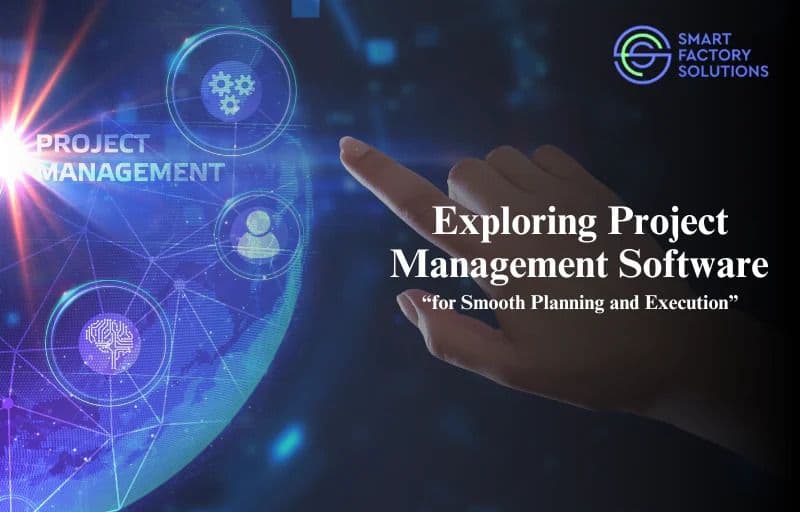Back
Advantages of moving from a Manual Solution to a SaaS APQP/PPAP solution
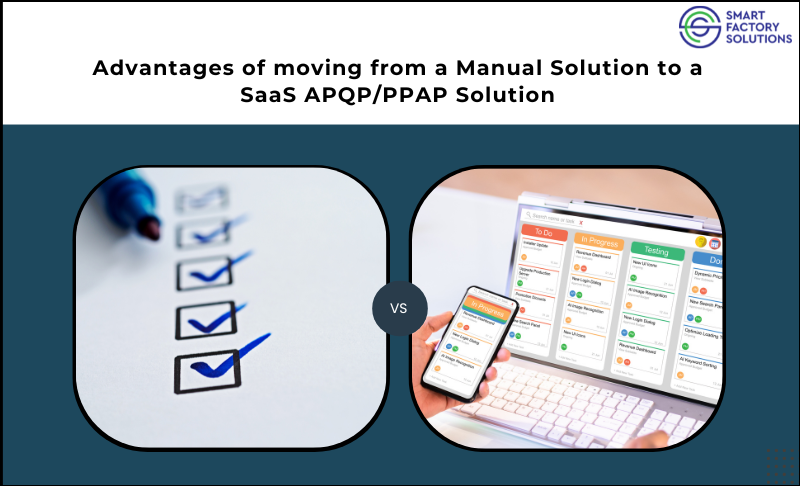
In the blog "Advantages of moving from an Excel-based solution to a SaaS APQP/PPAP solution," we delve into the practical benefits of upgrading from traditional Excel spreadsheets to Software as a Service (SaaS) platforms tailored for Advanced Product Quality Planning (APQP) and Production Part Approval Process (PPAP). Through a realistic lens, we explore the tangible advantages businesses can gain from this transition.
We address common challenges encountered with spreadsheets, such as version control issues, data fragmentation, and manual errors, providing real-world examples to illustrate their impact on productivity and compliance. Drawing from industry insights, we showcase how SaaS APQP/PPAP solutions offer centralized data management, streamlined collaboration, and automation of repetitive tasks, leading to improved efficiency and quality control.
Moreover, we discuss the scalability and cost-effectiveness of SaaS solutions, providing a pragmatic assessment of the investment required and the long-term benefits accrued. By offering a balanced perspective grounded in practical experiences, our blog equips readers with the insights to make informed decisions about embracing modern technology to optimize manufacturing processes and drive sustainable growth.
Limitations of Excel Spreadsheet
Indeed, here are some limitations of Excel spreadsheets focusing on various aspects:
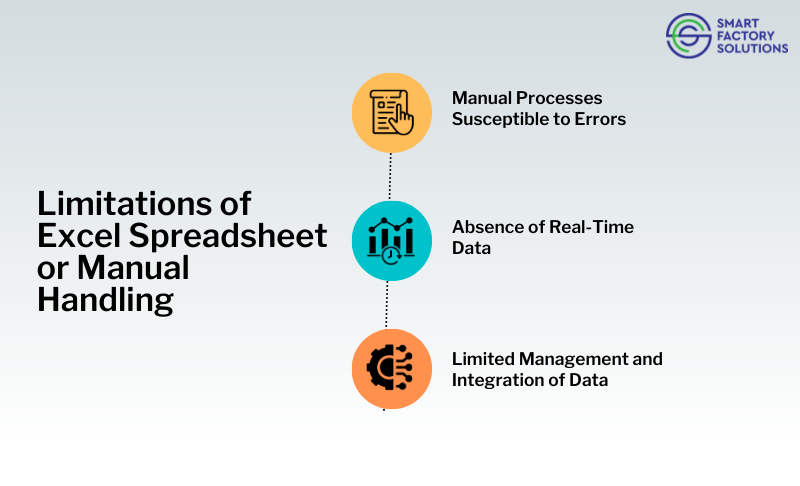
- Performance Challenges with Large Data Sets: When handling large datasets, spreadsheets may experience slow performance and even crashes, impacting productivity and hindering analysis.
- Single-User Access: Since Spreadsheet files are typically stored locally, only one user can access and edit the file at a time, limiting collaboration and real-time updates in team environments.
- Limited Automation: Spreadsheet automation capabilities are limited compared to dedicated software solutions. Complex processes may require manual intervention, leading to inefficiencies and potential errors.
- Manual Processes Susceptible to Errors: The manual nature of data entry and manipulation in Spreadsheets increases the risk of errors, such as typos or formula mistakes, which can significantly affect data accuracy and decision-making.
- Absence of Real-Time Data: Spreadsheets do not allow users to access real-time data from external sources or databases. Users must manually update data, which can lead to outdated information and potentially misleading analysis.
- Limited Management and Integration of Data: Spreadsheet functionality for managing and integrating data from multiple sources is limited, making it challenging to maintain data integrity and perform comprehensive analysis across datasets.
These limitations highlight the need for alternative solutions, particularly in environments where data management, analysis, and collaboration are critical for business success.
Benefits APQP / PPAP SaaS Solution
APQP/PPAP software systems provide several benefits over Excel spreadsheet-based approaches, including improved data quality and streamlined product development procedures. Real-time insights and enhanced process control facilitate quick identification of quality issues—accuracy and management—and improve compliance with industry standards.
These software solutions can transform how you produce goods by removing human labour and possible sources of mistakes or inconsistencies within the data.
The following main advantages make it evident why incorporating state-of-the-art SaaS technology into your business plan could be advantageous: the simplicity of execution—increased automation, and integration potential with other systems.
The capacity to handle revisions to essential deliverables in the framework of a larger project with ease, both internally and with suppliers and customers. The capacity to lower the possibility of human mistakes or failure to adhere to industry norms. Considering all of this, picking an original solution is beneficial.
Compared to older, more conventional methods before adoption, you stand to gain much productivity by utilizing some of the benefits only contemporary SaaS can provide.
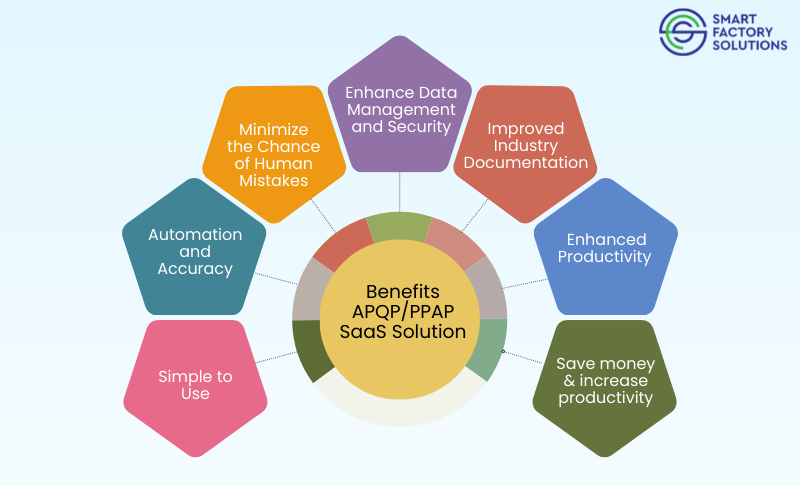
- Simple to Use
SaaS software solutions are frequently known for being simple to integrate and use. First, businesses are spared from having to set up their servers and other infrastructure. Instead, all required is a gadget with an internet browser and connection to the online second since SaaS solutions are usually easily customizable to meet each company's specific client demands.
The Smart APQP solution from Smart Factory Solutions was created with user-friendliness in mind. Thanks to an easy-to-follow planned deployment approach, the system's advantages in terms of cost-effectiveness and productivity may be realized through a smooth transition.
It offers several ways to scale and adapt at reduced costs without sacrificing significant features or performance. As a result, businesses are guaranteed affordable yet high-quality services across all five APQP phases, if necessary. This ensures them substantial advantages and peace of mind when making prudent investments in these essential instruments both now and in the future.
2. Automation and Accuracy
Automating processes in the automotive industry is reliable for maintaining high customer satisfaction and product quality standards. By utilizing the automation industry, accuracy in APQP and PPAP procedures is improved through simplifying calculations and data management tasks. This not only minimizes errors and discrepancies but also saves time. Ensuring precise data will lead to happy customers and top-notch quality assurance throughout production.
3. Minimize the Chance of Human Mistakes
Cloud-based Software can significantly enhance the reliability of data entry and calculation processes. Automating these tasks reduces errors caused by human mistakes, resulting in more accurate results. This guarantees that the data is current and precise and mitigates any potential problems arising from inaccuracies caused by human carelessness. This is particularly advantageous in industries or job roles where quality is paramount. As a result, there should be fewer delays, leading to overall improved performance due to the decreased risks associated with manual data management operations.
4. Enhanced Data Management and Security
To stay compliant with industry standards and controls, data management and security are central elements of any APQP/PPAP arrangement. SaaS solutions provide enhanced safety features like user authentication, encryption of information, and access control to protect valuable data from unauthorized personnel or potential breaches. As cyber threats become increasingly prevalent now more than ever, robust security measures must be taken for optimal protection.
5. Improved Industry Guidelines, Adherence, and Documentation
Follow specific standards, especially regarding packaging, to ensure your processes match customer requirements and that you're producing top-notch products. Setting quality goals from the get-go helps set the stage for continuous improvement and early detection of potential issues. Using the Smart APQP SaaS solution, you can easily adhere to industry guidelines and keep track of your progress toward meeting your goals. Please take advantage of all the benefits it offers!
6. Enhanced productivity, teamwork, and effective communication
SaaS solutions can improve workflows, provide an APQP phases checklist, and enhance collaboration and communication, which speeds up the APQP/PPAP process. With a centralized team collaboration platform, these tools increase customer satisfaction and provide better visibility into project progress. As a result, productivity and overall effectiveness in process design are significantly improved.
7. Save money and increase productivity
Cloud software has the potential to lead to significant cost savings and improved productivity. It offers automated processes that reduce errors, real-time data for tracking product development, and time and resource conservation.
Furthermore, it ensures more effective supply chain management and enhanced product quality. Opting for a SaaS plan is a wise investment, allowing users to streamline their operations and financial rewards without additional expenses.
Switch from Excel Spreadsheet Solution to APQP / PPAP SaaS solution Today.
Switching from a spreadsheet to an APQP / PPAP SaaS Solution offers many benefits. Product development processes are greatly enhanced, thanks to the availability of real-time data insights and improved compliance with industry standards. Investing in such a solution can lead to positive impacts on product performance.
Moving away from spreadsheet usage enables organizations to tap into unprecedented levels of achievement by leveraging the capabilities of Software as a Service. This results in enhanced quality control procedures and planning toolsets, offering businesses a more sophisticated alternative to what Microsoft Office alone can provide.
Smart APQP offers a range of advantages over traditional Excel spreadsheet processes, including improved data management, accuracy, compliance, and real-time insights. By embracing this technology, organizations can streamline product development processes and deliver higher-quality outputs to customers, ultimately boosting efficiency. It's time for businesses to shift away from outdated Excel spreadsheet methods and embrace cutting-edge tools by adopting robust SaaS solutions that will revolutionize APQP/PPAP processes.


